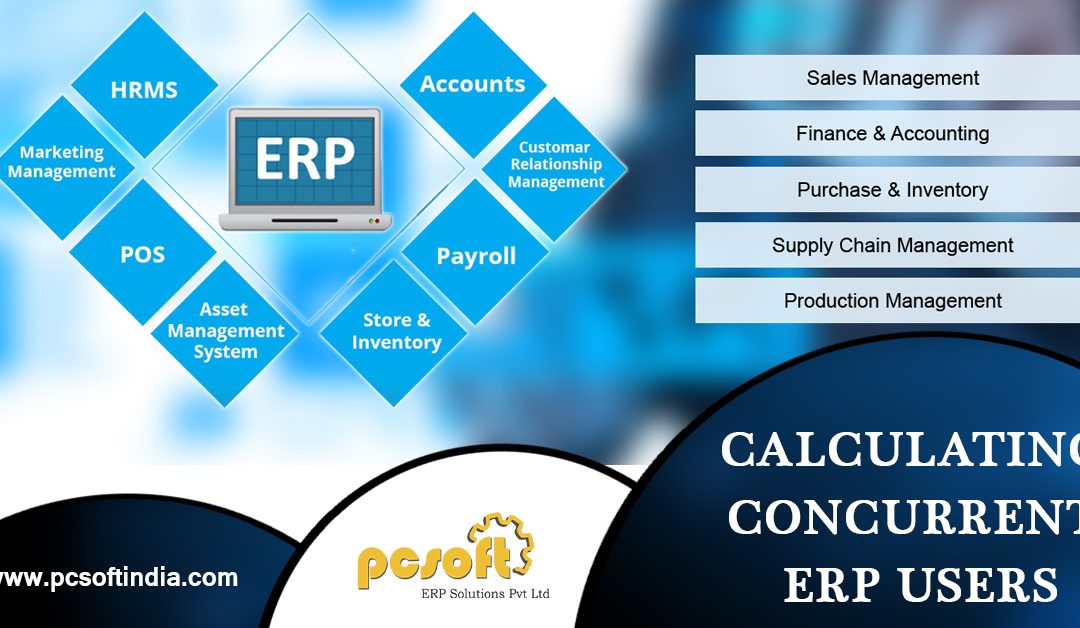What is the concept of Concurrent ERP User?
A company that employees 100 workers require a strong ERP software to be operated by everyone. But, the software may not be used by all employees at the same time. Therefore the concept of concurrent erp user has emerged that is defined as a total number of employees accessing the software simultaneously. But still, most organizations are doubtful about the difference between named users and concurrent users.
Understanding the difference between Named Users and Concurrent Users:
Named Users: The named users are referred as employees who would ever need erp software irrespective of the fact that he uses the software once, twice, thrice a day or all day long.
Concurrent Users: The concurrent users are referred as the number of named users that will operate the ERP software simultaneously i.e. alternatively or at any point in time.
Many small organizations overvalue the number of concurrent user licenses to buy because they do not know the difference between the two users. Therefore, they consider that any employee using ERP system at any time will be categorized under a concurrent user rather than a named user. This will lead to overestimation from ERP system vendors.
On the other hand, some small organizations will undervalue the number of concurrent ERP software users since they do not have all business divisions operating like sales, accounting, customer service, warehousing, manufacturing, dispatching, receiving, quality control, and more in the same software.
Benefits of Concurrent Software Licensing:
- Flexibility for Employees:
Basically, a concurrent system allows employees to use the software at any time of the day. The company can essentially add multiple employee per-device licenses for named users. In this way, a company can allow the entire team with a specific number of licenses to be used concurrently, instead of applying license for every employee differently.
- Cost-effective and Easy Usage:
Concurrent licensing software streamlines the administration work since IT division will not check operation as carefully. This type of licensing ultimately restricts the number of devices accessing the software at any one point, for example, 50 devices or 80 devices.
- Protected back-up Storage:
The concurrent licensing software can easily backed-up storage by substituting the paper license cards that probably might be filed and remain unnoticed. This benefit makes it easier for the accounting department to reduce the time given on the licensing of every device.
- Rise in Productivity:
One of the best benefits is that concurrent licensing can allow on-demand license access for local or remote groups operating within same time periods. They make sure users can get access to recent version through centralized maintenance.
- Savings on Cost and Software Compliance:
When the licenses are shared among employees instead of buying for every user the costs are naturally reduced on the licenses that will not be used. In this way, a company can also estimate the probable cost on actual requirement on licenses. Also, the company can reduce unnecessary possible costs and unpredicted audit penalties.
Irrespective of any industry, erp for manufacturing industries essentially must plan rightly before implementing any kind of software required by its employees. We have years of experience in the field of providing efficient, customized software that is reasonably priced. We assure to promptly deliver your desired concurrent software with complete information and authority to you.



